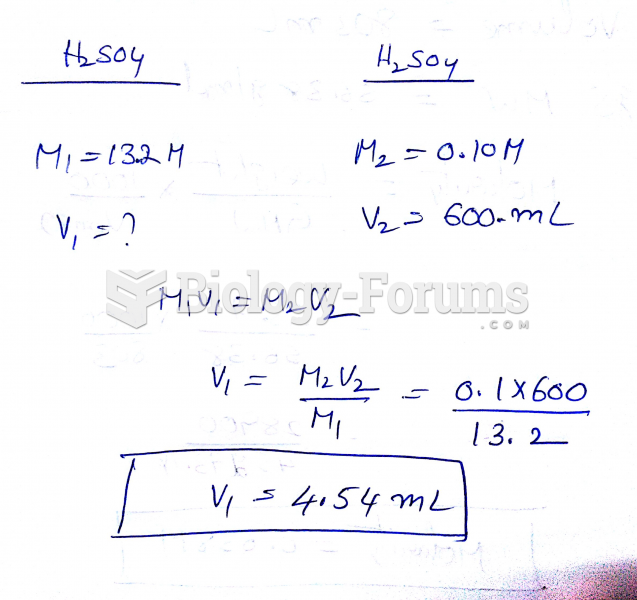|
|
|
Did you know?
The FDA recognizes 118 routes of administration.
Did you know?
There are more sensory neurons in the tongue than in any other part of the body.
Did you know?
Vaccines prevent between 2.5 and 4 million deaths every year.
Did you know?
There are more bacteria in your mouth than there are people in the world.
Did you know?
Approximately 500,000 babies are born each year in the United States to teenage mothers.







